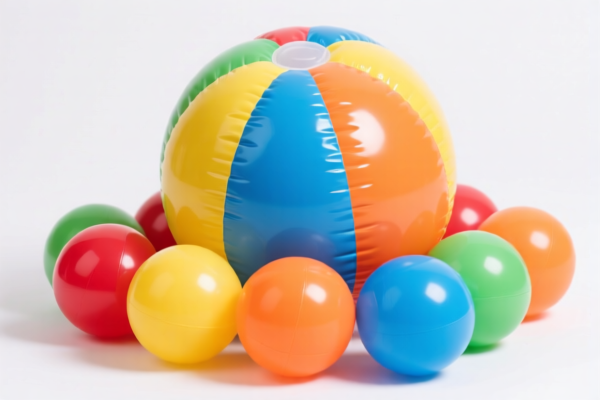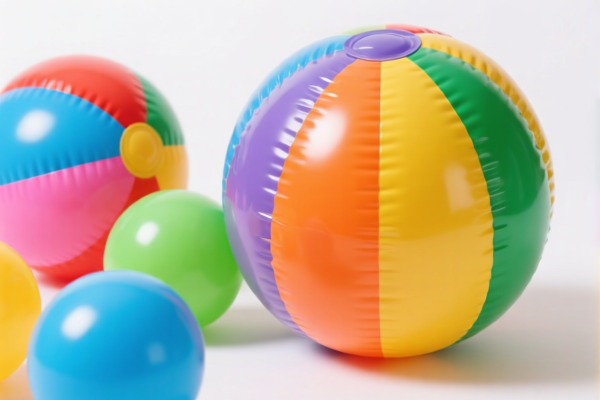| HS Code | Official Doc | Tariff Rate | Origin | Destination | Effective Date |
|---|---|---|---|---|---|
| 8703900100 | Doc | 132.5% | CN | US | 2025-05-12 |
| 9503000090 | Doc | 30.0% | CN | US | 2025-05-12 |
| 9503000073 | Doc | 30.0% | CN | US | 2025-05-12 |
| 9504904000 | Doc | 30.0% | CN | US | 2025-05-12 |
| 9504909080 | Doc | 37.5% | CN | US | 2025-05-12 |
| 3926400010 | Doc | 35.3% | CN | US | 2025-05-12 |
| 3916100000 | Doc | 60.8% | CN | US | 2025-05-12 |
| 3916905000 | Doc | 60.8% | CN | US | 2025-05-12 |




Model Car
A model car is a miniature representation of an actual motor vehicle. These reproductions vary widely in scale, material, and level of detail, serving purposes ranging from collectible display items to toys and engineering aids.
Materials
Model cars are constructed from a diverse range of materials:
- Die-cast metal: The most common material, typically zinc alloy (Zamak or pot metal). Offers durability and allows for intricate detailing.
- Plastic: Often used for larger scale models, or for components like interiors and bases. ABS plastic and polystyrene are frequent choices.
- Resin: Popular for highly detailed, limited-edition collectibles. Allows for complex shapes and finer details, but is more fragile than metal.
- Wood: Historically used, and still employed for handcrafted models or kits.
- Paper/Cardboard: Used for simpler, less durable models, often as promotional items or for hobby projects.
Purpose
- Collecting: A significant portion of the model car market is driven by collectors, who seek specific vehicles, brands, scales, or limited editions.
- Display: Model cars are often displayed as decorative items, showcasing automotive history or personal interests.
- Hobby/Kit Building: Model car kits provide a hands-on experience, requiring assembly, painting, and detailing.
- Promotional Items: Companies use model cars as branded merchandise or giveaways.
- Engineering/Design: Scale models are used in automotive design for aerodynamic testing and visualization.
- Toys: Simpler, more robust models are intended for play.
Function
The primary function of a model car depends on its type and intended use.
- Static Models: Designed for display, with fixed wheels and detailing.
- Remote Control (RC) Models: Functionally operate using a remote control, allowing for movement and control.
- Slot Cars: Operate on a specialized track with an electrical slot, providing a racing experience.
- Show Models: Highly detailed, often hand-built, for automotive shows and exhibitions.
Usage Scenarios
- Home/Office Display: Showcasing collections or automotive interests.
- Hobby Workshops: Assembling and painting kits.
- RC Tracks/Courses: Racing and operating remote-controlled models.
- Slot Car Racing Facilities: Competitive racing with slot cars.
- Automotive Events/Shows: Displaying show models and prototypes.
Common Types
- Die-cast Cars: The most prevalent type, available in various scales (see below). Brands like Hot Wheels, Matchbox, and Bburago are well-known.
- Scale Models: Replicas produced to a specific ratio of the original vehicle. Common scales include:
- 1:18: Popular for detailed collectibles.
- 1:24: Another common scale for display.
- 1:43: A widely collected scale, often representing classic vehicles.
- 1:64: Commonly used for Hot Wheels and Matchbox cars.
- Slot Cars: Designed for racing on specialized tracks.
- Remote Control (RC) Cars: Offer functional operation and control.
- Kit Cars: Require assembly and painting, providing a hands-on hobby experience.
- Resin Models: Highly detailed, limited-edition collectibles.
- Promotional Models: Branded merchandise or giveaways.
- Vintage/Classic Models: Collectible replicas of older vehicles.
Model Car Commodity Classification
Based on the provided information, the classification of “model car” falls under several potential HS codes, depending on the specific characteristics of the product.
-
8703900100: This HS code covers Motor cars and other motor vehicles principally designed for the transport of persons (other than those of heading 8702), including station wagons and racing cars: Other.
- 87: Chapter – Vehicles and their parts and accessories.
- 03: Heading – Motor cars and other motor vehicles principally designed for the transport of persons.
- 900100: Subheading – Other. This suggests the code applies to motor cars not specifically categorized elsewhere within heading 8703. The current tax rate is 132.5% (2.5% base tariff, 100.0% additional tariff, and 30.0% additional tariff after April 2, 2025).
-
9503000090: This HS code covers Tricycles, scooters, pedal cars and similar wheeled toys; dollsʼ carriages; dolls, other toys; reduced-scale (“scaleˮ) models and similar recreational models, working or not; puzzles of all kinds; parts and accessories thereof Other.
- 95: Chapter – Toys, games and sports equipment.
- 03: Heading – Tricycles, scooters, pedal cars and similar wheeled toys; dollsʼ carriages; dolls, other toys.
- 000090: Subheading – Other. This code is applicable to a broad range of toys and recreational models, including reduced-scale models. The current tax rate is 30.0% (0.0% base tariff, 0.0% additional tariff, and 30.0% additional tariff after April 2, 2025).
-
9503000073: This HS code covers Tricycles, scooters, pedal cars and similar wheeled toys; dollsʼ carriages; dolls, other toys; reduced-scale (“scaleˮ) models and similar recreational models, working or not; puzzles of all kinds; parts and accessories thereof Other: Labeled or determined by importer as intended for use by persons: 3 to 12 years of age.
- 95: Chapter – Toys, games and sports equipment.
- 03: Heading – Tricycles, scooters, pedal cars and similar wheeled toys; dollsʼ carriages; dolls, other toys.
- 000073: Subheading – Other: Labeled or determined by importer as intended for use by persons: 3 to 12 years of age. This code specifically applies to toys intended for children aged 3 to 12. The current tax rate is 30.0% (0.0% base tariff, 0.0% additional tariff, and 30.0% additional tariff after April 2, 2025).
According to the provided reference material, the HS code options related to 'model car' are limited, with only the following 3 found.
It is important to determine whether the “model car” is a fully functional vehicle (potentially falling under 8703900100) or a scaled-down recreational model (potentially falling under 9503000090 or 9503000073, depending on the intended age group of the user). If the model car is determined to be intended for use by persons aged 3 to 12, HS code 9503000073 would be the most appropriate.
Customer Reviews
No reviews yet.